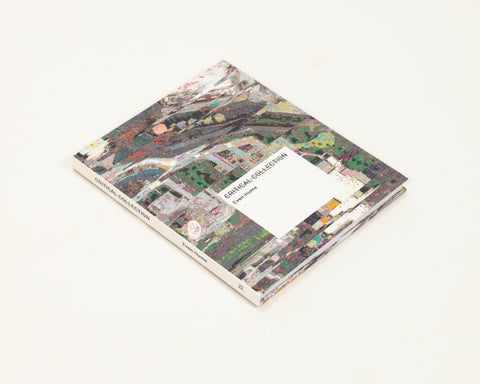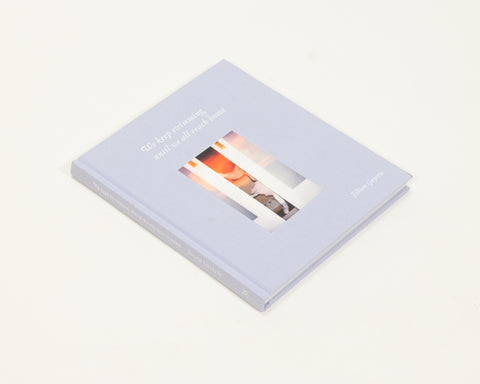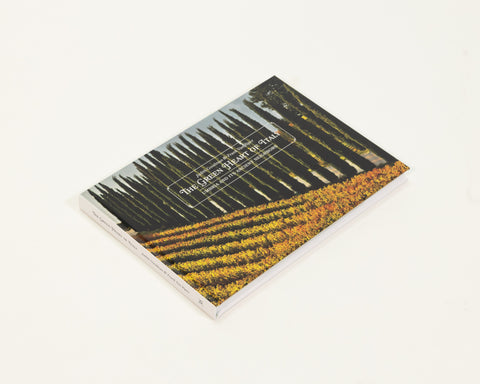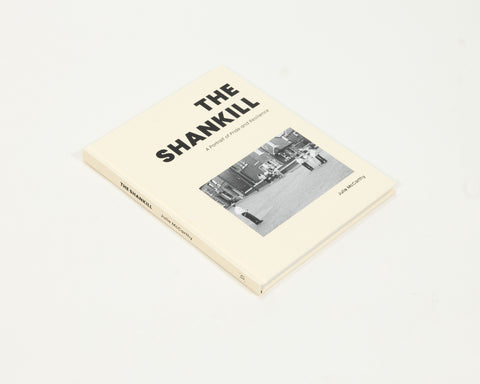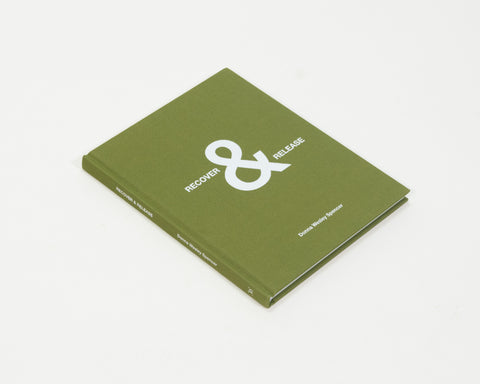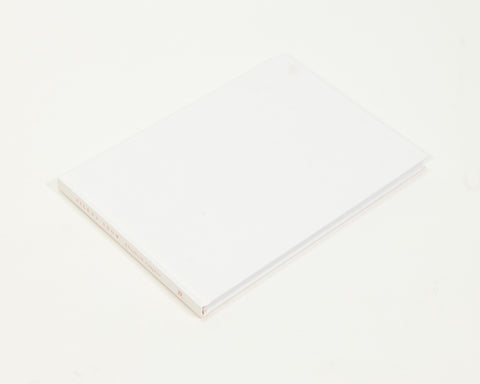Spanish photographer Sebastián Liste, one of the Juror Picks in the 2011 Daylight / CDS Awards, has spent much of the past two years working in Brazil, where — among other things — he photographed families living in an abandoned chocolate factory. For his latest project, he has returned home to Spain and found a counter-world to the former factory he had been documenting in Brazil. Titled "On This Side of the Mountain," the project shows the daily life of his girlfriend Laura and her family at their home in the Alicante Mountains.
He describes the setting in his project statement:
They built their home stone by stone, expanding it as the family grew, using rocks that fell from the mountain to construct not only the house, but a corral for animals and ponds to irrigate their land. They live in perfect harmony with their environment, respecting their place in nature and altering the landscape as little as possible.
In a second interview with Daylight (below), Mr. Liste discusses his upcoming project.
---
Interview by Trent Davis Bailey
Photographs by Sebastián Liste
Daylight: How did Laura and you first meet?
Sebastián Liste: I met Laura during high school, when I was 17, and we’ve been together since.

D: Has the process of photographing in the Alicante Mountains — and seeing Laura's family's symbiosis with the land — given you any revelations about the natural world?
SL: For me, it was not just to photograph, but also to live in this place, to share life with Laura's family and to learn how they live in harmony with the environment around them. Living in the middle of nature makes you make aware of your position in the world, to see the world in proper scale, and relate with the problems that arise in life.

D: In your statement you mention, "I discovered the meaning of personal photography." Can you elaborate on that?
SL: For me personal photography means the searching for visual symbols that can create a life experience map. It is a level of communication with oneself to repair tensions, creating images that demonstrate where conflicting emotions meet. The bipolarity between chaos and harmony in life led me to create a personal language of visual symbols, which recreate a sense of reality by bridging the gap between fiction and reality.

D: What do you feel a personal photography project, such as this one, can communicate to a viewer?
SL: With this project, I tried to create a personal journey about the life of a family and my relationship with them, with the place, and with my girlfriend. All the photographs from this project are visual interpretations of existing things, real feelings, and thoughts. As I reinterpret my world, I hope these pictures always leave the door open to free interpretation and leave the viewer with a chance to transform them into personal reflection. I hope my images can become personal for the viewer so he or she can recreate the story with open situations, to imagine a beginning and end, and formulate new meanings.

D: These pictures, more so than your previous series, have a dreamlike, hallucinatory quality to them. Maybe it is because of your repeated use of reflections as well as photographing through smoke, fog, or in lowlight. Are you trying to suggest this place through the gaze of an altered state or distorted reality?
SL: This psychological convergence between reality and imagination is what led me to photograph in this way. I was looking for a more organic and spiritual feelings. Not reality, but not direct fantasy either—more of a long and slow dance between the two worlds. It’s like trying to make a film about your dreams and the fragments of a family’s memory not yet written.
---
For more information about Sebastián and his work, visit: http://www.sebastianliste.com
